Warning: Undefined array key "tCategoryId" in /home/site/wwwroot/www/cmg-media/themes/flatsome-child/newborns-left-2020.php on line 21
Warning: Undefined array key "tCategoryId" in /home/site/wwwroot/www/cmg-media/themes/flatsome-child/newborns-left-2020.php on line 21
Warning: Undefined array key "tArticleId" in /home/site/wwwroot/www/cmg-media/themes/flatsome-child/newborns-left-2020.php on line 21
Warning: Undefined array key "tArticleStyle" in /home/site/wwwroot/www/cmg-media/themes/flatsome-child/newborns-left-2020.php on line 21
Warning: Undefined array key "tArticleStyle" in /home/site/wwwroot/www/cmg-media/themes/flatsome-child/newborns-left-2020.php on line 21
Jaundiced Newborn
Jaundice and Bilirubin
- Jaundice means the skin has turned yellow.
- Bilirubin is the pigment that turns the skin yellow.
- Bilirubin comes from the normal breakdown of old red blood cells.
- The liver normally gets rid of bilirubin. But, at birth, the liver may be immature.
- Half of babies have some jaundice. Usually it is mild.
- The level of bilirubin that is harmful is around 20. Reaching a level this high is rare.
- High levels need to be treated with bili-lights. That's why your doctor checks your baby's bilirubin levels until it becomes low.
Causes of Jaundice in Newborns
Physiological Jaundice (50% of newborns)
- Onset 2 to 3 days of age
- Peaks day 4 to 5, then improves
- Disappears 1 to 2 weeks of age
Breastfeeding or Malnutrition Jaundice (5 to 10% of newborns)
- Due to inadequate intake of breastmilk
- Onset pattern similar to physiological type
- Also, causes poor weight gain
- Needs close follow-up and weight checks
Breastmilk Jaundice (10% of newborns)
- Due to substance in breastmilk which blocks removal of bilirubin
- Breastmilk intake and weight gain are normal
- Onset 4 to 7 days of age
- Lasts 3 to 12 weeks
- Not harmful
Rh and ABO Blood Group Incompatibility (Serious, but Rare)
- Onset during first 24 hours of life
- Can reach harmful levels
Liver Disease (Serious, but Rare)
- The main clue is light gray or pale yellow stools
- The jaundice doesn't go away
- Causes include liver infection (hepatitis) and liver blockage (biliary atresia)
Is this your child's symptom?
- Jaundice (yellow skin) in a baby during the first 3 months of life (90 days)
- The skin turns a yellow color from high bilirubin levels in the blood

